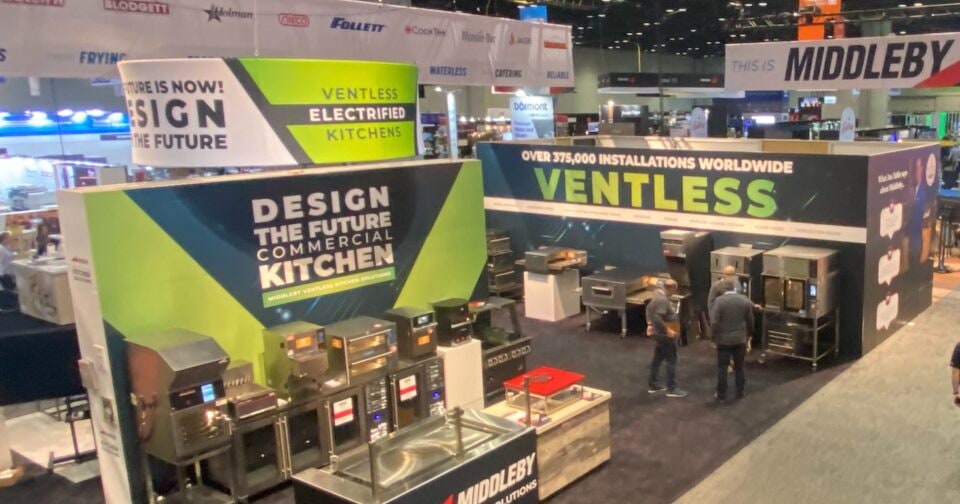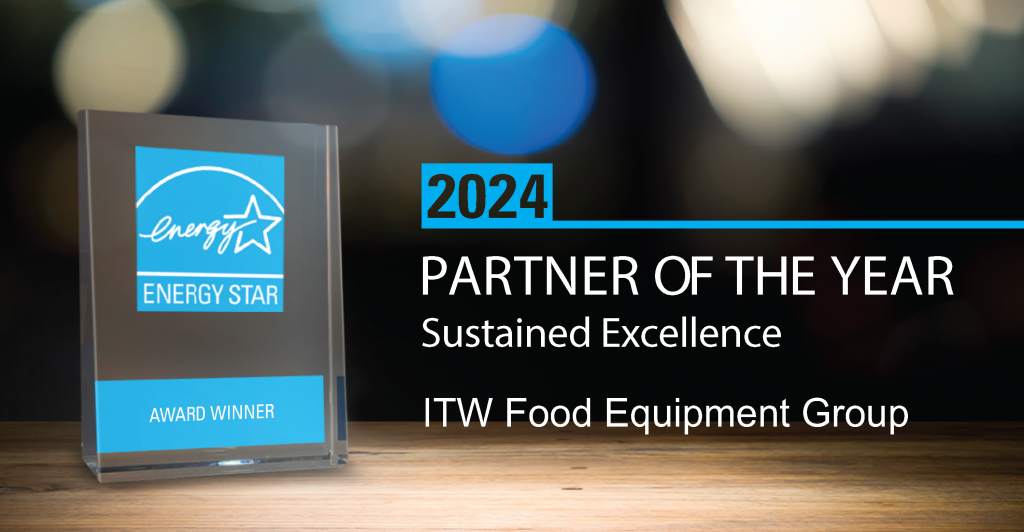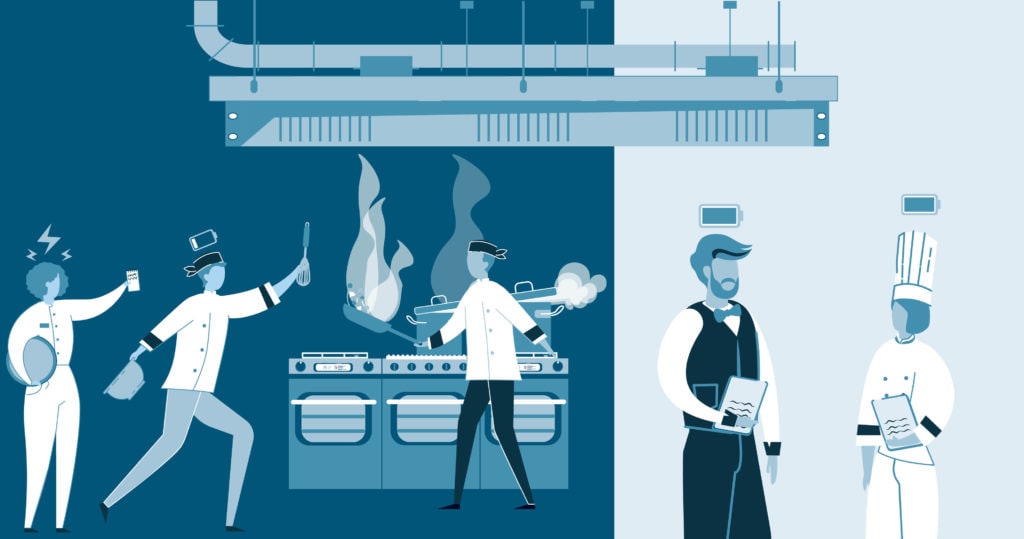
Restaurants large and small are planning their future operations around sustainability and energy efficiency.
Ventless solutions with advanced cooking technologies are quickly gaining operator acceptance. More than 300,000 pieces of Middleby ventless equipment, including griddles, fryers, and ovens, have been installed in around the world. The Middleby ventless portfolio is a proven option for operators focused on achieving their sustainability goals without compromising their menu options or food quality. These products include the EVent griddle by Evo, Perfect Fry countertop fryer, Blodgett Houdini Convection Oven, CookTek induction, Carter-Hoffmann warming and the Nieco broiler with Evo VentCore. Middleby has the largest portfolio of ventless equipment in the industry.
The Middleby ventless cooking equipment portfolio, available worldwide, provides a growing and established resource for foodservice operators striving to meet sustainability goals. Reducing the greenhouse gas impact and decreasing energy usage during the cooking process can be achieved by using Middleby brand electric ventless cooking equipment. Cooking and warming needs are not changing, so today’s operators are focusing on efficiency while there is a continued global demand for foodservice equipment.
Current regulations require externally vented hood systems
Restaurant operators are severely restricted when reviewing options for external venting in a commercial kitchen. Indoor restaurant operations have been designed with externally vented hoods and ductwork, especially if gas burning units are in use. Once an establishment starts their cooking equipment, the blowers in the hood system immediately begin extracting the air-conditioned cool air (or heated air in the winter), through the externally vented hood system. The entire time the kitchen is open air is continuously pulled into the hood and exhausted though the duct work and out of the building.
Another factor, currently many restaurants and ghost kitchens are built in non-traditional locations that make it challenging to accommodate hood requirements. This is where a ventless kitchen is beneficial as plans for external ventilation are not needed, keeping the premises in tact.
Sustainability action plans and next steps
The installation of ventless cooking solutions will help reduce energy use and in turn decrease utility costs associated with Type I and Type II hoods. Continuously exhausting restaurant air, typically through the roof, can be reduced dramatically by using ventless equipment.
This solution appeals to both the restaurant operator and their customers. According to a recent FCSI (Foodservice Consultants Society International) published report, the Tastewise 2020 database reports 23% of consumers now prioritize sustainability at restaurants. This report highlighted the need for operators to seek sustainable food sources and increase efforts to reduce the use of fossil fuels.
Middleby offers an innovative electric equipment portfolio, including several units with patent protection, that can eliminate the need for Type I and Type II externally vented hoods. This is a strong combination that allows operators to prepare an extensive menu while ventless cooking affords them dramatically reduced energy costs.
Further details:
For more information visit www.middleby.com/build_my_kitchens/ventless/.




